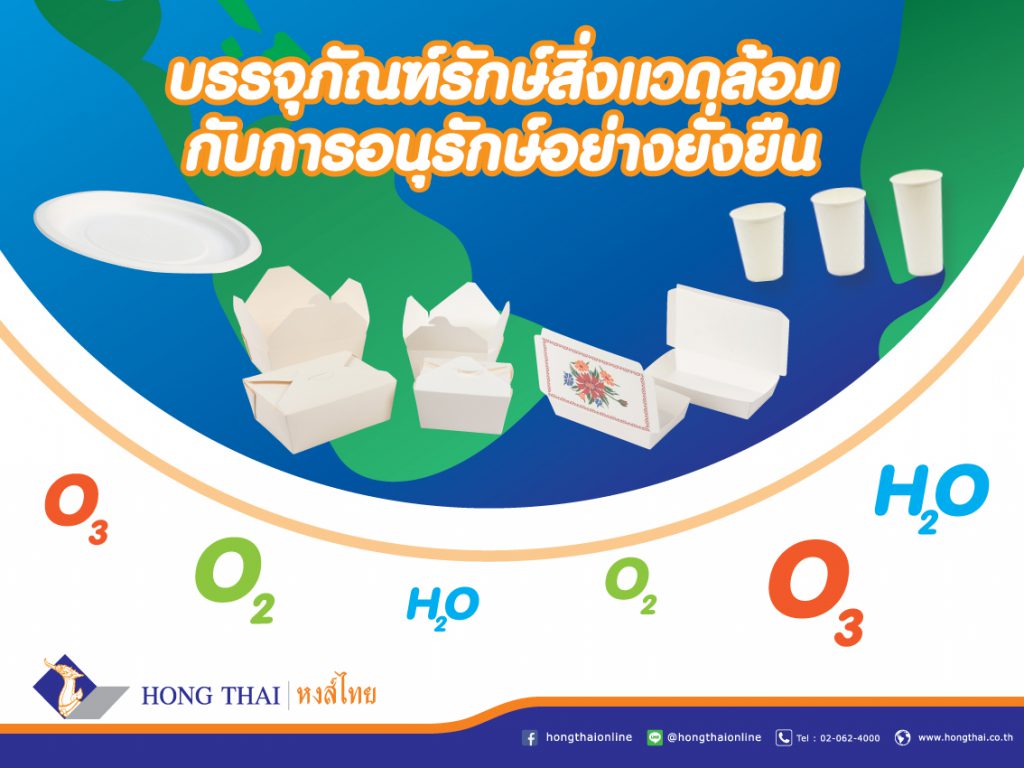The demand for food and beverage packaging is increasing daily due to the modern lifestyle that emphasizes convenience, which is driven by ever-evolving technology. This change in lifestyle has led to environmental problems caused by packaging waste and pollution from waste disposal processes.
Environmental Issues Affecting Society
1. The depletion of natural resources is caused by the unappreciative use of natural resources, such as cutting down slow-growing trees without replanting.
2. Air pollution, partly caused by improper waste disposal, leads to environmental issues like the burning of packaging waste, such as foam or plastic food and beverage containers.
3. Soil pollution arises from modern agricultural technologies, which use chemicals like fertilizers and pesticides, leading to chemical residues remaining in the soil.
4. Waste problems occur due to the use of packaging that cannot decompose naturally or takes a long time to decompose.
5. Global warming is caused by the combustion of fuels for production, such as oil and natural gas, leading to the release of greenhouse gases, which are a significant factor in global warming.
6. The depletion of ozone in the atmosphere is caused by the burning of biomass or activities that release pollutants, such as burning waste and packaging, leading to carbon dioxide emissions.
7. Loss of biodiversity is caused by the excessive use of natural resources, as well as environmental pollution, such as water pollution, air pollution, and waste.
Eco-Friendly Packaging and Sustainable Conservation
From the environmental problems impacting society, primarily caused by waste—whether food and beverage packaging waste, household waste, or hazardous waste—various sustainable conservation projects have emerged, such as:
1. Research and development of packaging that decomposes within a short period.
2. The design of packaging using natural materials with a short life cycle, such as paper cups, paper food boxes, paper bowls, and paper plates.
3. Encouraging producers and product owners to create packaging that can be reused to reduce waste problems.
4. Promoting the use of cloth bags for carrying items instead of plastic bags or plastic-based packaging.
5. Promoting environmental awareness among stakeholders, such as packaging manufacturers, consumers, and entrepreneurs, about the importance of using eco-friendly packaging, as it leads to sustainable conservation.






